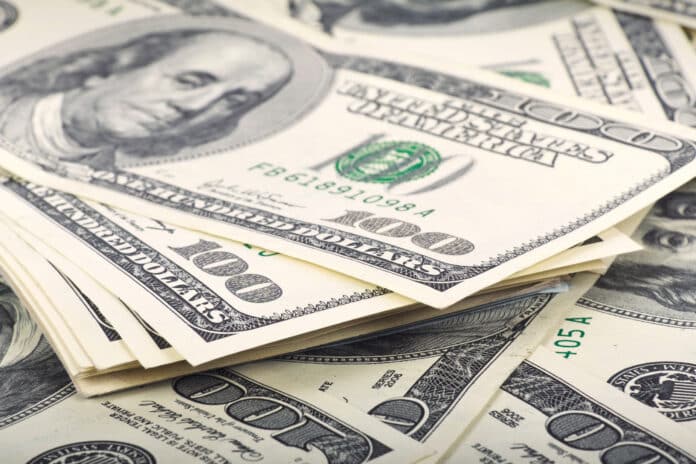Sponsored post by Principal Preservation Services and Principal Wealth Services

Many people are taking this time of the year to do their spring cleaning in and out of their homes. Let’s take the opportunity to do the same with your finances.
Get started
Like anything, sometimes just getting started or motivated is the hardest part of the process. If you haven’t been on top of monitoring your budget/spending, now is a great time to start before the weather gets too nice and you might get distracted. Let’s start with identifying your spending by looking at your budget. Track your net income — take-home pay — and then track where you spent your money. Most people I find are not aware of where their money goes or what it is spent on. Once you see the numbers, then you need to modify your spending into categories of “need” vs “want.”
Debt
If you have unexpected credit card debt, make a decision to work on eliminating this. Summer planning is ahead along with more things to do and spend money on. So, let’s take this seriously. Credit card debt is, in my opinion, the worst debt to carry and the interest rates are outrageous. The average credit card debt per user is $8,257. At a 22% interest rate and paying a minimum payment of $175/mo, it will take you nine years and 3 months to pay that debt off and the interest paid would exceed the amount you borrowed by the credit card company — $11,000+ just in interest!
You have to change your thinking on what credit cards should be used for — convenience, not as a loan. If you don’t have money to pay for something, then you shouldn’t use your credit card. Credit card companies should be paying you to use their card rather than the opposite. Two ways to tackle this debt include the snowball method and the avalanche method.
Taxes
Tax season has just ended so let’s make sure that your deductions are accurate. Did you have to pay in? Then you might want to have more withholding from your payroll or maybe you didn’t take advantage of some tax deductions like HSAs, IRAs, and 401Ks. You can contribute $7,000, plus $1,000 if you are 50 and older, in an IRA, or $23,000 in a 401K and an additional $7,500 if you are 50 and over. For those on Social Security, there is a form “W-4V” that allows you to have 7, 10, 12, or 22% withheld from your earnings on the federal level. They don’t allow you to take out state taxes.
On the flip side, if you had a refund, you might want to consider lowering your deductions to have a higher “net” amount on your paychecks. Personally, I don’t want to have money held without making any interest.
Also, if you received a raise this year, did you increase your contribution limits into your retirement plan? I recommend filling out the paperwork with your employer to make increases automatic. As your pay increases, so should your savings amount.
Investments
Monitor your investment performances: No matter if you have high yield savings, CDs, or money in the market, you should be monitoring your investment performances. Banks are still paying a good return around 5%, but you have to look for them. Not every bank is offering these great rates so you must be willing to move some of your money elsewhere even if you love your bank. Having $50,000 in the bank could give you around $200/month of interest.
On the money that you have invested in the market, you should be looking at your allocations to make sure they line up with your investment goals and risk tolerances. Many people have been holding onto bonds the last several years only to keep losing and taking deeper losses than the stock market. These might not be the right choice for you and your retirement goals today as they might have been years ago. You should sit down with your financial advisor and make those decisions soon — especially with elections coming later this year.

















